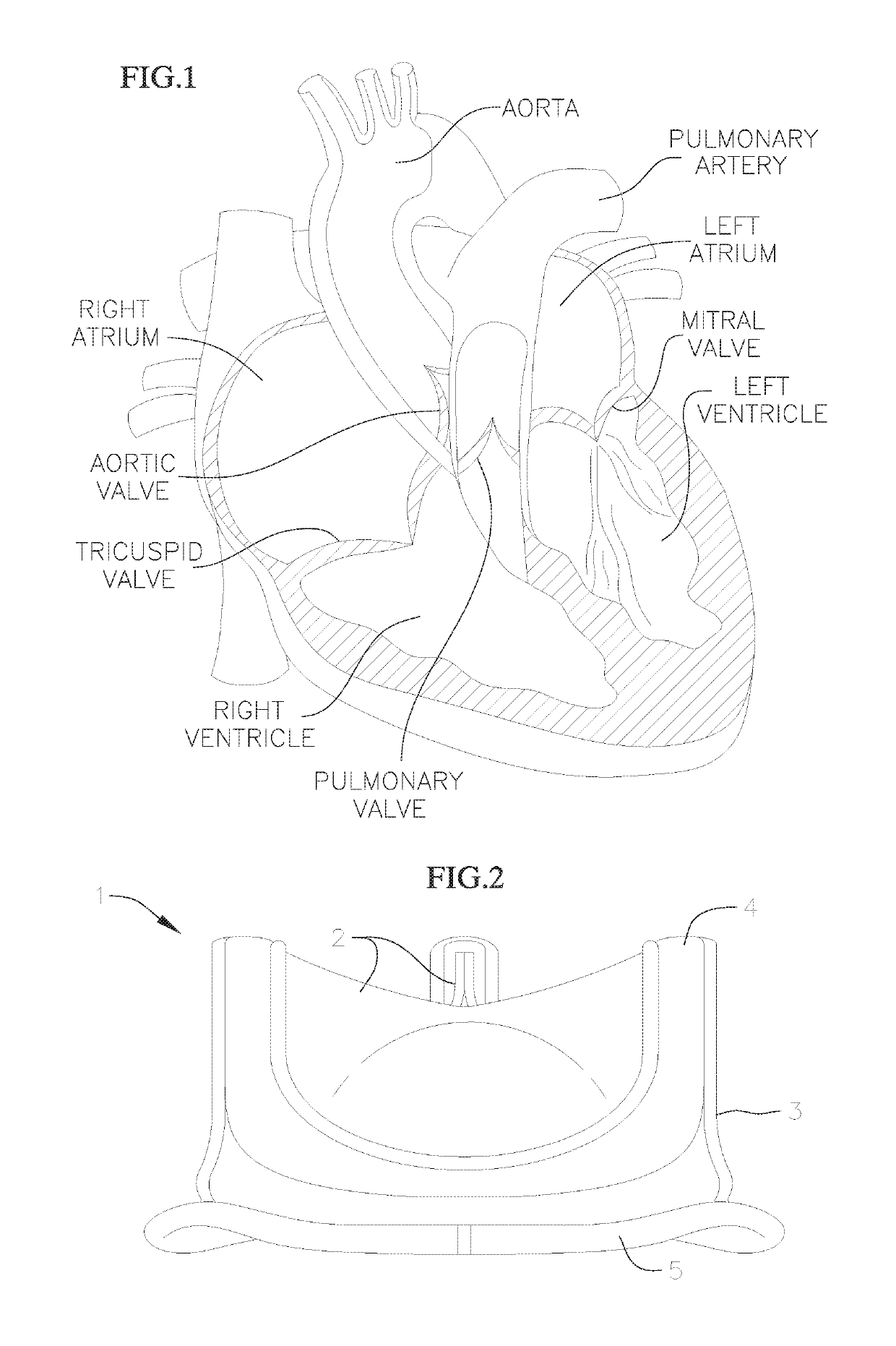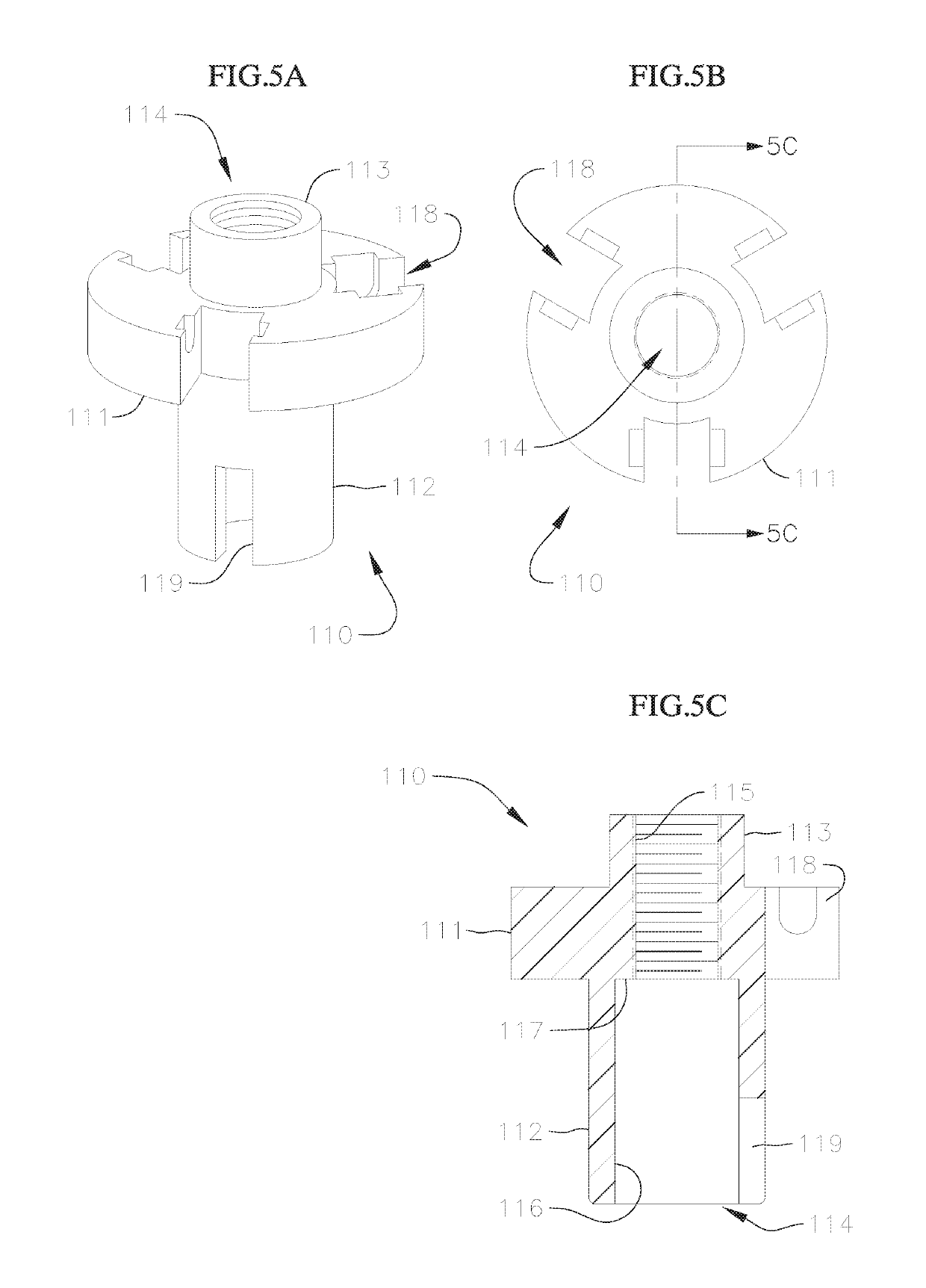Prosthetic valve holders with automatic deploying mechanisms
a technology of automatic deployment and valve holder, which is applied in the field of surgical replacement of heart valves, can solve the problems of improper valve operation, impeded or obstructed visibility at the implant site, and reduced efficiency and/or general functionality of the heart, so as to reduce or eliminate the occurrence of suture looping and/or other damage to the valve, the effect of convenient use and deployment for end users
- Summary
- Abstract
- Description
- Claims
- Application Information
AI Technical Summary
Benefits of technology
Problems solved by technology
Method used
Image
Examples
Embodiment Construction
[0041]Disclosed herein are various valve holders for assisting in the delivery and implantation of prosthetic heart valves at an implant site, and methods for preparing the prosthetic heart valves for such procedures. Embodiments of the valve holders reduce occurrences of various complications that may arise during implantation, while remaining simple for end users to use. By providing these improved valve holders, damage to the prosthetic valves during surgical procedures can be reduced, and additional costs for extended or additional procedures and replacement valves can be avoided.
[0042]The valve holders disclosed herein are particularly useful for avoiding suture looping and other valve damage during advancement of the prosthetic valves to the implant sites, as well as during final suturing of the valves at the native valve annulus. In procedures where commissure posts of the prosthetic valve point proximally towards the practitioner, for example, in many aortic valve replacemen...
PUM
 Login to View More
Login to View More Abstract
Description
Claims
Application Information
 Login to View More
Login to View More - R&D
- Intellectual Property
- Life Sciences
- Materials
- Tech Scout
- Unparalleled Data Quality
- Higher Quality Content
- 60% Fewer Hallucinations
Browse by: Latest US Patents, China's latest patents, Technical Efficacy Thesaurus, Application Domain, Technology Topic, Popular Technical Reports.
© 2025 PatSnap. All rights reserved.Legal|Privacy policy|Modern Slavery Act Transparency Statement|Sitemap|About US| Contact US: help@patsnap.com



